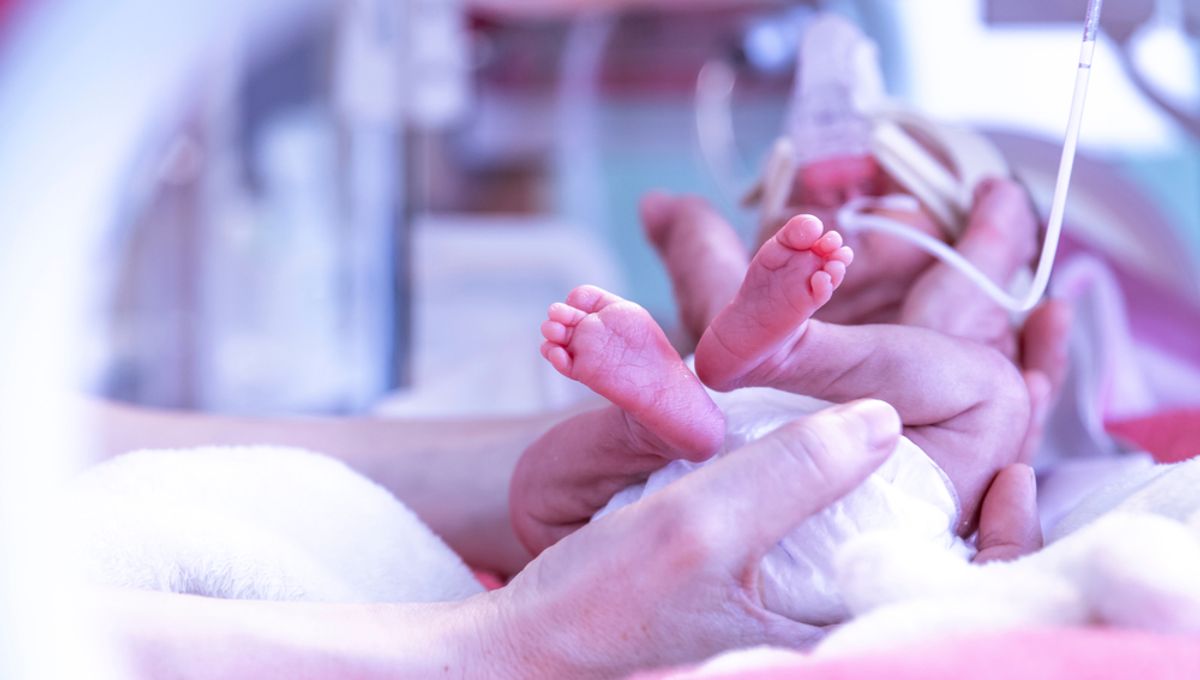Prepare to be amazed by an extraordinary medical case. A 31-year-old woman, 22 weeks pregnant, arrived at a clinic with a pounding headache. Little did she know that this would be the start of an incredible journey.
Soon after her arrival, she experienced seizure-like activity and slipped into an unresponsive state. The scan results were devastating – they indicated “brain death.” The doctors declared her dead on the very day she was admitted. Further investigations revealed that she had suffered a brain hemorrhage.
But here’s where the story takes an unexpected turn. After a comprehensive meeting involving neurointensivists, neonatal ICU specialists, obstetricians, and legal, ethics, and social worker teams, the patient’s family expressed their desire to keep the pregnancy going and bring the fetus to viability by continuing somatic support.
Keeping the baby alive was no easy feat. It required extensive medical intervention. The brain-dead mother was put on a ventilator, a nasogastric feeding tube was inserted, and her thyroxine levels and blood pressure were closely monitored. Blood thinners were administered to prevent clot formation, and she battled numerous infections, resulting in pneumonia and other complications. To protect the fetus, various medications, including antibiotics, were given.
After 11 more weeks of intense care, surgeons performed a cesarean, delivering the baby at 33 weeks of gestation. Miraculously, the infant thrived and did not require resuscitation. She was admitted to the neonatal intensive care unit and discharged home after just five days. Sadly, at this point, the mother’s life support was terminated.
While cases like this are incredibly rare, they do happen. According to a review, around two-thirds of women who become brain-dead during pregnancy experience a brain hemorrhage. The study identified 35 patients, and the outcomes varied. The gestational age at the time of brain death diagnosis played a significant role in predicting the outcome. Only 50 percent of those who became comatose before 14 weeks pregnant went on to have live babies, while live births were reported in 100 percent of cases where brain death occurred after 24 weeks of gestation.
Out of the 35 fetuses, eight died in utero, while the remaining 27 were carried to term. Two infants passed away shortly after birth, and two others faced severe neurological complications. However, an astonishing 23 appeared healthy at long-term follow-up. Most of the births were through cesarean, but there were also a few vaginal deliveries.
Despite these remarkable statistics, the authors of the case report suspect that survival rates may be skewed due to “publication bias.” In other words, there could be more cases of brain death during pregnancy than reported, but negative outcomes may not be documented.
Prepare to be captivated by this extraordinary case, published in the journal Cureus.








